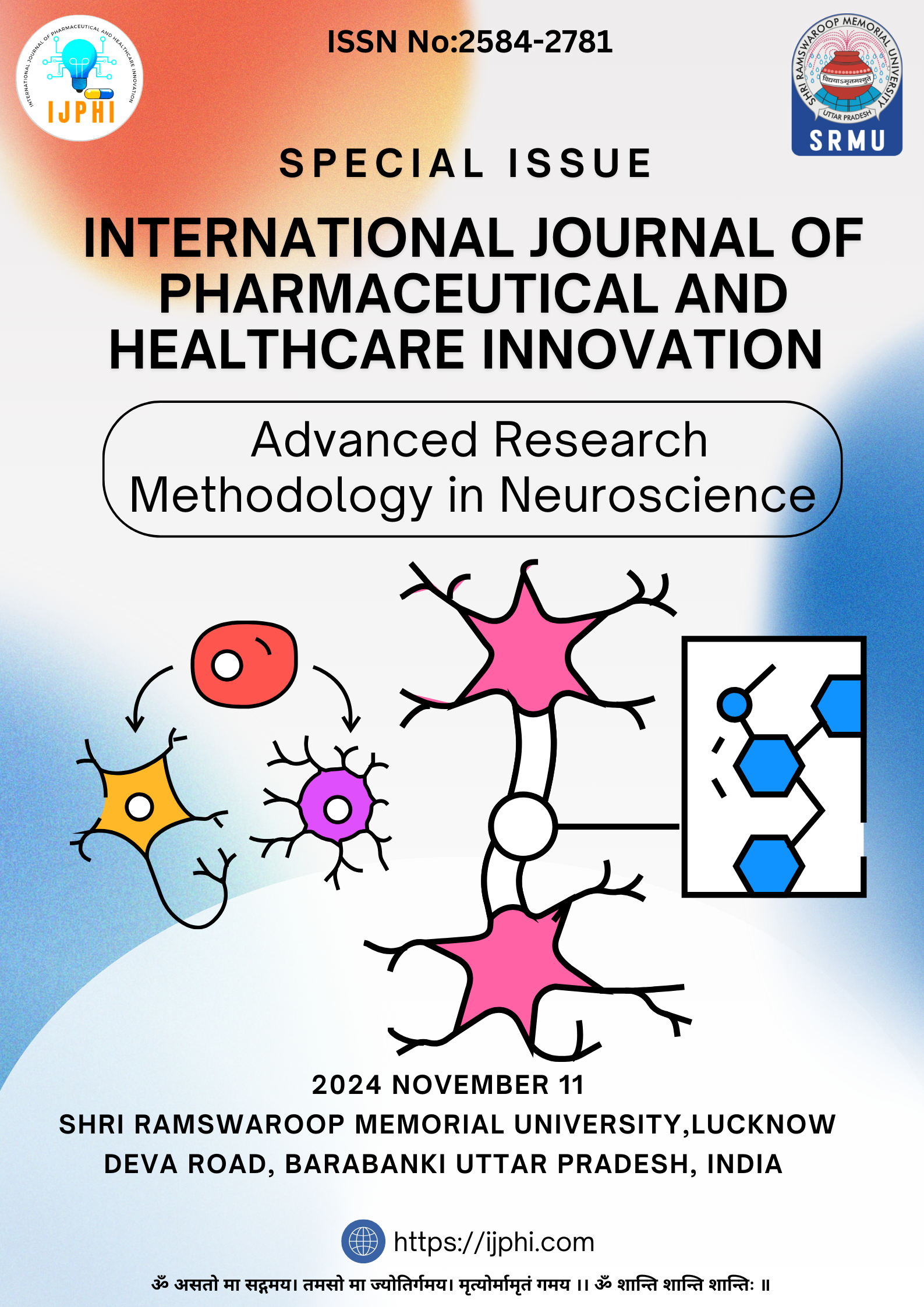Advances in Alzheimer's disease: Unraveling Mechanisms and Harnessing Biosensors for Early Detection
DOI:
https://doi.org/10.62752/mnzw6767Keywords:
Alzheimer's disease, amyloid-beta, tau protein, biomarkers, biosensors, Disease monitoringAbstract
One of the most severe neurodegenerative diseases, Alzheimer's disease is typified by steady cognitive deterioration, memory loss, and observable variation. Despite decades of research, the precise mechanisms underlying the pathophysiology of AD are still unknown. Recent advances have brought to light crucial molecular mechanisms underlying this illness, including synaptic dysfunction, amyloid-beta plaque accumulation, brain inflammation and tau protein hyperphosphorylation. These mechanisms are currently being described as probable biomarkers for ongoing illness progression monitoring and early detection. Laterally, cutting-edge biosensors technologies are revolutionizing how we monitor and analyze these biomarkers. Electrochemical, optical, and wearable biosensors are revolutionizing the detection of Alzheimer's disease (AD) by providing non-invasive, real-time, highly sensitive, and specific methods for measuring AD-related biomarkers. The development of this technology has the potential to greatly enhance early diagnosis, customize treatment regimens, and track the disease continually. By providing insight into the fundamental processes of AD, these biosensors are opening up new avenues for diagnosis and treatment, which will ultimately result in better patient outcomes.
Downloads
Published
Issue
Section
License
Copyright (c) 2025 Pharmacytalk2us

This work is licensed under a Creative Commons Attribution-NonCommercial 4.0 International License.











